Optimal Control Design for Decoupling the Direct Drive Stability of Distributed Drive Electric Vehicles
DOI: 10.23977/tracam.2023.030101 | Downloads: 29 | Views: 2518
Author(s)
Ziwei Guo 1
Affiliation(s)
1 Dickinson College, Carlisle, Pennsylvania, 17013, USA
Corresponding Author
Ziwei GuoABSTRACT
As a new type of drive for electric vehicles, distributed drive has many advantages such as simple structure and easy control, and is one of the important development directions of new energy vehicles in the future. In the past decade, the research on the active safety control of distributed drive electric vehicles has become more and more mature. In this paper, we propose a decoupled optimal control strategy based on the drive torque for the vehicle run-off and motion coupling problems that exist during the straight-line driving of distributed-drive electric vehicles. The upper control logic layer is responsible for cross-swing motion control and drive anti-skid control. The middle control logic layer is responsible for secondary planning of the additional torque from the upper control layer, based on which the decoupled cross-swing motion control with wheel anti-skid is realised. The lower control logic layer is responsible for the optimal distribution of the drive torque for speed following control. The decoupled optimal control of drive torque proposed in this paper can achieve the optimal distribution of drive torque, avoiding vehicle deflection on the premise of ensuring vehicle speed, while preventing excessive wheel slip, realising the decoupled control of vehicle linear motion and enhancing the linear driving stability of the vehicle.
KEYWORDS
Electric vehicle, linear driving stability, decoupling control, distributed driveCITE THIS PAPER
Ziwei Guo, Optimal Control Design for Decoupling the Direct Drive Stability of Distributed Drive Electric Vehicles. Transactions on Computational and Applied Mathematics (2023) Vol. 3: 1-6. DOI: http://dx.doi.org/10.23977/tracam.2023.030101.
REFERENCES
[1] Ouyang Minggao. Research and development and outlook of new energy vehicles in China [J]. Science and Technology Herald, 2016, 34(6):8.
[2] Wan Gang. The 13th Five-Year Plan for the development of electric vehicles [J]. China Economic and Trade Journal, 2016(11):39-40.
[3] Yin G., Jin X., Zhang Y. A review of chassis dynamics control research of distributed drive electric vehicles [J]. Journal of Chongqing University of Technology: Natural Sciences, 2016, 30(8):8.
[4] Zhong Longfei, Peng Yuhui, Jiang Ming. Stability control of distributed drive electric vehicles based on phase plane [J]. Automotive Engineering, 2021, 43(5):10.
[5] Martyn Anderson, Damian Harty. Unsprung Mass with In-Wheel Motors-Myths and Realities [C]. //Proceedings of the 10th International Symposium on Advanced Vehicle Control (AVEC 10), Aug 22-26, Loughborough, UK, 2010: 261-266.
[6] Wang Lifu. Switched control of vehicle suspension based on motion-mode detection [J]. Vehicle System Dynamics, 2014, 52(1): 142-165.
[7] Chen Yougen, Ye Xiaojie, Zhang Zhiyun, et al. Study on the stability of six-wheel independent drive unmanned vehicles driving straight ahead [J]. Engineering Engineering Machinery, 2019, 50(8):8.
[8] Zhang Shuo, Wu Zhongbin and Chen Jun, et al. Control method of driving wheel slip rate of high horsepower tractor for ploughing operation [J]. Journal of Agricultural Engineering, 2020, 36(15):47-55.
| Downloads: | 657 |
|---|---|
| Visits: | 52775 |
Sponsors, Associates, and Links
-
International Journal of Power Engineering and Engineering Thermophysics
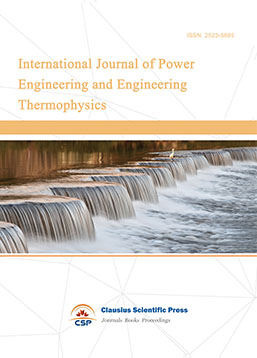
-
Numerical Algebra and Scientific Computing

-
Journal of Physics Through Computation
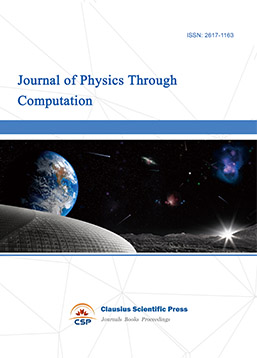
-
Transactions on Particle and Nuclear Physics
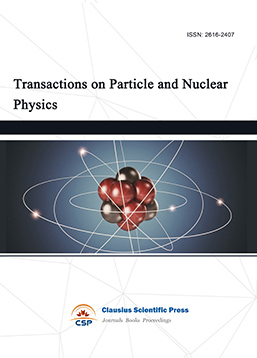
-
Journal of Probability and Mathematical Statistics
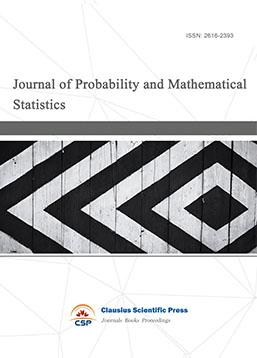
-
Multibody Systems, Nonlinear Dynamics and Control

-
Complex Analysis and Geometry
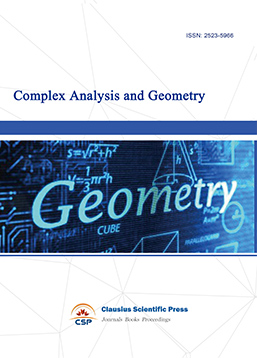
-
Dynamical Systems and Differential Equations

-
Acoustics, Optics and Radio Physics
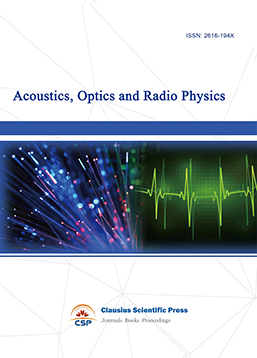
-
Progress in Atomic and Molecular Physics
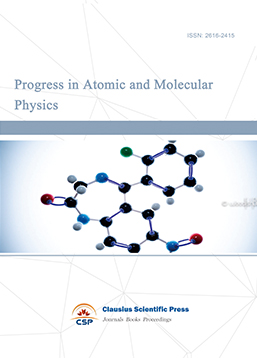
-
Transactions on Condensed Matter Physics

-
Progress in Plasma Physics
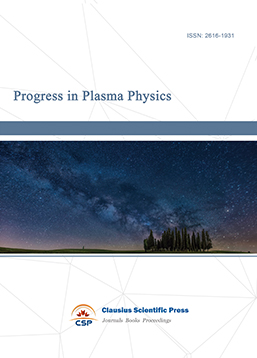
-
Combinatorics and Graph Theory

-
Research and Practice of Mathematics & Statistics
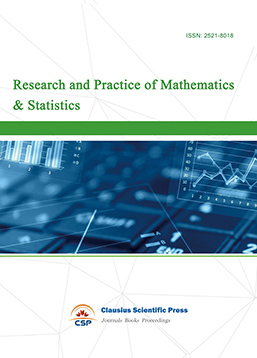
-
Nuclear Techniques and Applications
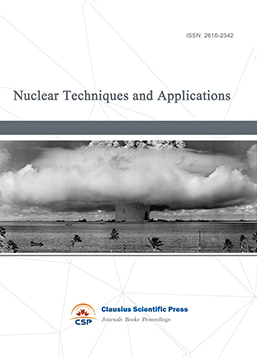
-
Journal of Photonics Research
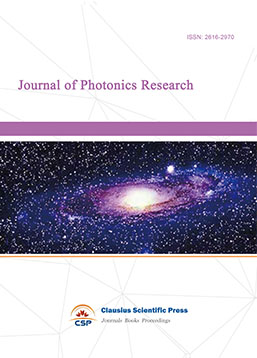
-
Journal of Compressors and Refrigeration
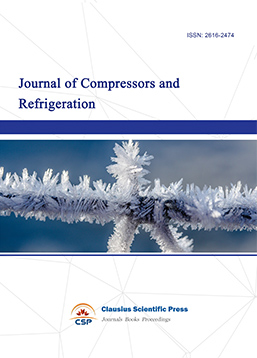
-
Journal of Theoretical Physics Frontiers
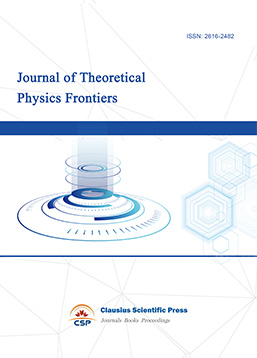
-
Journal of Nonlinear Science and Complexity

-
Vacuum Science Journal
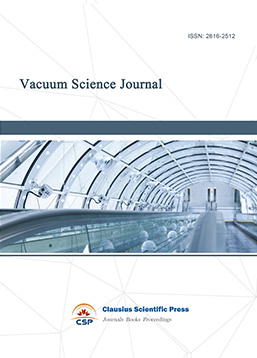
-
Computational Fluid Dynamics
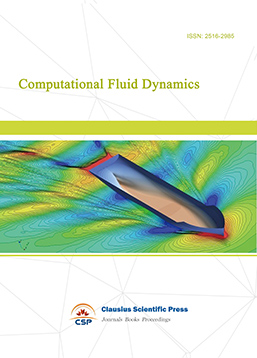

 Download as PDF
Download as PDF